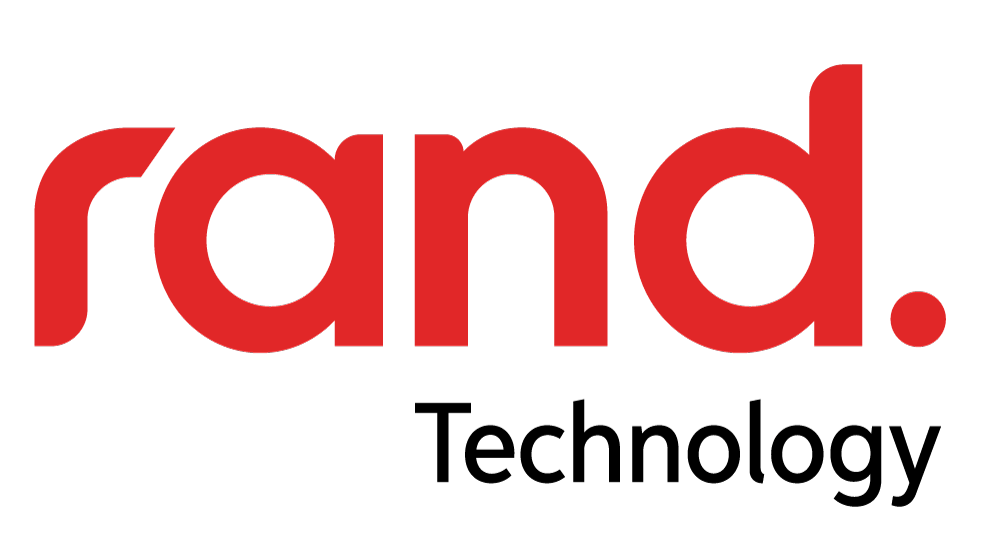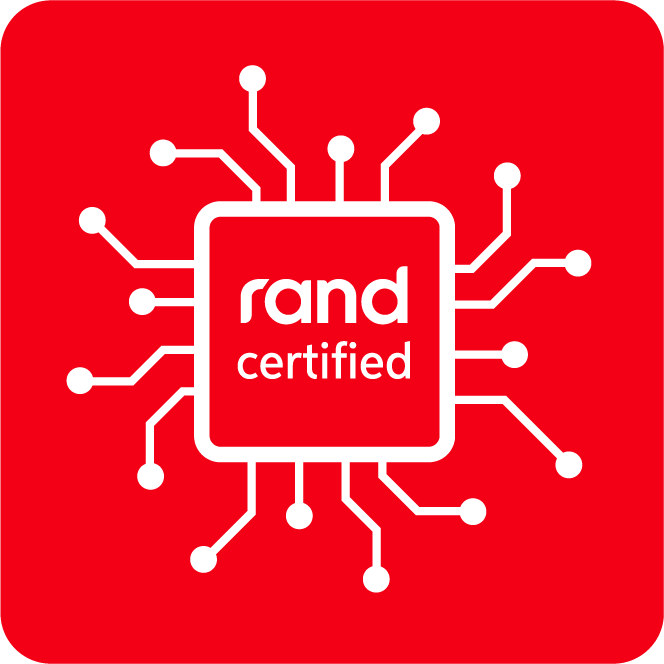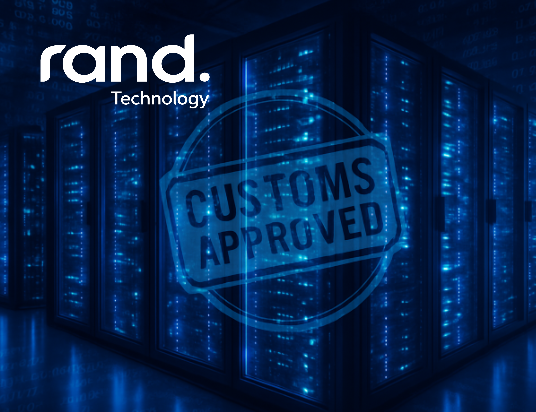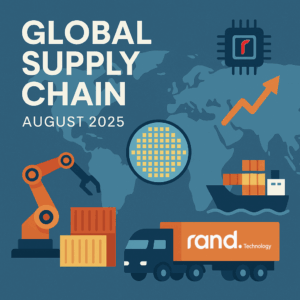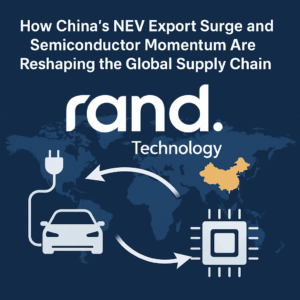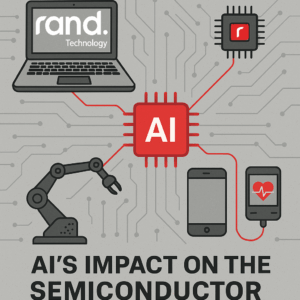In the rapidly evolving world of hardware technology, we are entering a pivotal period shaped by volatile tariffs, AI-driven infrastructure demand, and persistent imbalances in component availability. From soaring copper costs and DDR4 shortages to global reshoring trends and uncertain EV transitions, the landscape has become more dynamic—and more demanding—than ever.
At Rand Technology, we believe in empowering our customers with insight and foresight. Here’s our latest analysis on the macrotrends affecting sourcing, supply chains, and future growth across key verticals.
Tariffs, Trade Deals, and Global Realignment
Tariffs are no longer an occasional policy tool—they are becoming a structural force in the supply chain. This week alone, the U.S. government confirmed sweeping tariff changes that touch nearly every node of the global electronics network.
Highlights:
- New 25% tariffs on Japanese and South Korean imports are set to begin on August 1, following Japan’s failure to meet a critical July 9 deadline to secure a deal.
- Copper imports will now carry a 50% tariff, directly impacting the cost of semiconductors, connectors, and PCBs.
- A minimum 15–20% tariff is being sought in EU negotiations, with auto-specific duties remaining at 25%.
- India and Indonesia deals are still being negotiated, while dozens of smaller nations have been notified of impending uniform tariffs of 10% or more.
The result? Trade flows are being rerouted. Pricing models are being rewritten. And supplier diversification is no longer a preference—it’s a necessity.
Andrea Klein, Rand Technology’s CEO, warns:
“AI continues firing on all cylinders, but tariff volatility is creating uncertainty across sectors—particularly automotive. Supply chain disruptions are coming. Agility will be key.”
The newly announced copper tariff may seem niche, but its implications are wide-reaching. Copper is foundational to chip packaging, power modules, and interconnects. A 50% cost increase on imported copper, especially from strategic sources such as Chile or Indonesia, could ripple across every segment, from cloud infrastructure to EV propulsion systems.
Semiconductors: Tight Margins, Tight Wafers, Tight Timelines
Despite record-breaking profits from companies like TSMC, which reported $13.5 billion in net profit for Q2 (up 60.7% year-over-year), the semiconductor supply chain remains anything but stable.
One of the most immediate concerns? DDR4 memory.
As Rand’s President and COO, James Hill explains:
“The DDR4 market is tightening fast. Despite production extensions, we’ll see pressure continue into early 2026. Customers need to plan buffer stock and long lead times accordingly.”
What’s happening:
- Samsung’s 8Gb DDR4 chips have surged in pricing.
- 16Gb chips have jumped, with wafer shortages driving spot market volatility.
- SK Hynix and Samsung are extending final orders into 4Q26 and ramping up wafer output by around 50,000 units per month.
While this provides temporary breathing room, the industry shift to DDR5 and HBM remains the ultimate goal, and suppliers won’t maintain parallel production paths indefinitely. Early DDR5 adopters may benefit from better pricing and allocation later this year, but compatibility issues remain a barrier for many OEMs.
Meanwhile, ASML has issued a revenue warning for 2026. Uncertainty surrounding new U.S. tariffs on European equipment is leading customers to delay investments in advanced fabs, despite strong orders for EUV systems used in Nvidia’s GPUs and Apple’s silicon.
AI and Data Infrastructure: The Gold Rush Continues
If the supply chain is navigating headwinds, the AI data center segment is roaring ahead with tailwinds.
Notable investments this month:
- Meta announced a 2025 capital expenditures (CapEx) forecast of $64–72 billion, up from earlier estimates, to support next-generation AI data centers like Prometheus and Hyperion.
- CoreWeave and Blackstone are co-investing $31B in Pennsylvania, co-locating natural gas and AI compute to sidestep power and permitting bottlenecks.
- Oracle has committed $3 billion to AI cloud expansion in Germany and the Netherlands.
- OpenAI added Google Cloud to its infrastructure portfolio, now spanning Microsoft, Oracle, and CoreWeave.
Even amid cost-cutting moves like AWS layoffs and moderation in hyperscaler hiring, the infrastructure buildout to support generative AI remains relentless. NVIDIA’s reopening of H20 chip exports to China—though a controversial move—further underscores global demand.
At Rand, we expect upstream component strain (e.g., power modules, high-speed interconnects, and cooling systems) to intensify, particularly with the volatility of copper and memory in the mix.
Automotive & EV: Recalibration Under Pressure
No sector has felt the impact of shifting tariffs and policy whiplash more than the automotive industry.
EV & Auto Trends:
- GM is investing $4B to convert its Michigan plant from EV to ICE truck production.
- Silao, Mexico, home to high-volume Silverado and Sierra production, is going offline for weeks—a rare move for flagship models.
- Japanese OEMs (Nissan, Toyota, Honda) are delaying U.S. EV plans amid weak demand and looming tax credit expirations.
- China’s cabinet is promising a crackdown on “irrational competition” in its domestic EV market, following years of oversupply and pricing wars.
- Jaguar Land Rover and Renault are facing delays and profit warnings, while Volvo is shifting hybrid production to the U.S. to avoid tariffs.
The broader macroeconomic uncertainty, including inflation, interest rates, tariffs, and regulatory changes, is eroding consumer confidence and delaying capital investment in clean transportation.
While the UK government pledges new EV subsidies and $2.5B in charging infrastructure, the U.S. is rolling back emissions penalties and banning California’s 2035 ICE sales ban.
The result: Global automakers are increasingly splitting their strategies by region—pursuing hybrids, compliance vehicles, or ICE depending on local regulation and incentives.
Other Watchpoints Across the Ecosystem
1. Smartphone Softness
Global smartphone shipments fell 1% Y/Y in Q2—marking the first decline in six quarters. The U.S. experienced elevated inventory buildup in response to tariff uncertainty, while Samsung (with a 19% market share) and Apple (with a 16% market share) held the top spots.
2. Rare Earths & Graphite Tariffs
The U.S. Commerce Department will raise graphite tariffs on China to 160%, following anti-dumping investigations. This threatens to increase EV battery costs by ~$7/kWh and further disrupt Asian battery supply chains. The U.S. Department of Defense is responding by investing over $500 million in MP Materials, aiming to rebuild domestic rare earth and magnet production.
3. Cybersecurity in Semiconductors
Multiple Chinese-linked cyberattacks targeted Taiwan’s semiconductor sector and analysts at U.S. investment banks. As tensions rise over chip dominance, expect a surge in industrial cyber-espionage targeting IP and process flows.
Looking Ahead: What Should Companies Do?
This complex environment demands strategic sourcing, pricing foresight, and risk scenario planning. At Rand, we recommend the following playbook:
✅ Diversify Suppliers and Geographies
With tariffs in flux, sourcing from multiple regions—even at a slightly higher upfront cost—can ensure resilience. Think beyond lowest-cost sourcing to total landed cost and risk-adjusted ROI.
✅ Invest in Buffer Inventory for High-Risk Commodities
For DDR4, copper-rich components, or niche analog parts, holding safety stock may now be more cost-effective than missing production deadlines. Coordinate forecasts with us regularly.
✅ Stay Aligned to Market Data
Use our weekly insights, customer surveys, and BOM audits to stay agile. We’re investing in tools to give you forward-looking risk visibility—because we believe predictability is power.
Navigating a Fragmented Future
As global trade reconfigures, AI infrastructure advances, and industries like automotive recalibrate, companies require more than just suppliers—they need partners in agility, analysis, and assurance.
At Rand Technology, we’re committed to being that partner—offering global sourcing, proactive market intelligence, and component lifecycle expertise. Whether you’re managing copper costs, navigating DDR4 volatility, or shifting production across regions, we’re here to help you find clarity in complexity.
Let’s move forward—strategically, and together.
About Rand
Rand Technology is a global leader in electronic component sourcing and supply chain solutions. With over 30 years of experience, Rand partners with the world’s leading OEMs and manufacturers to solve shortages, optimize inventory, and ensure quality and authenticity in every part—every time.
